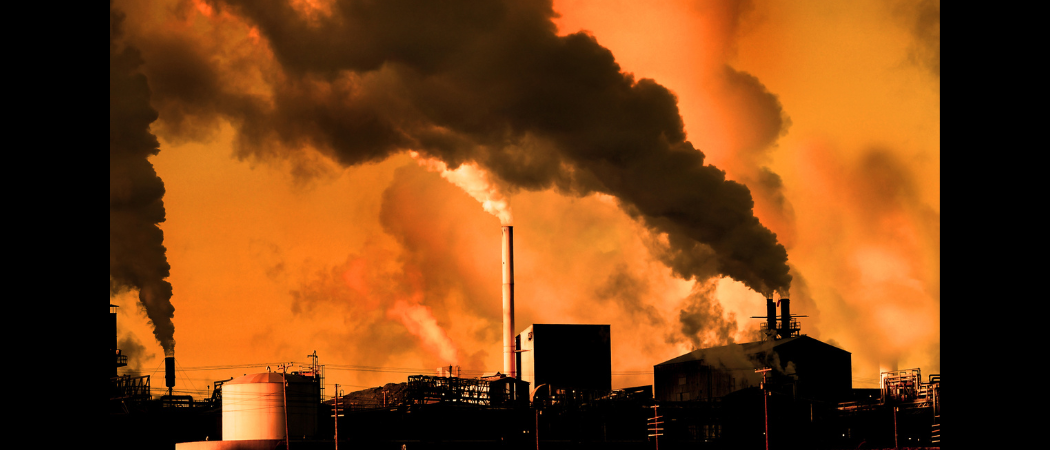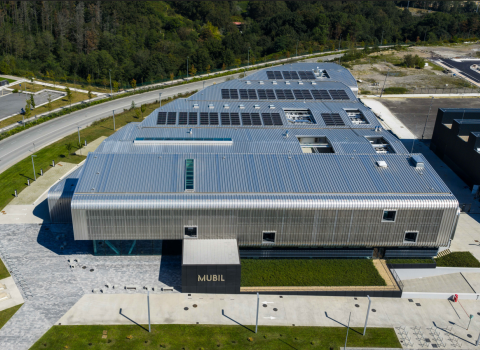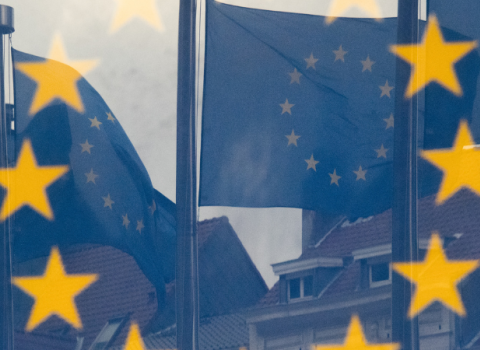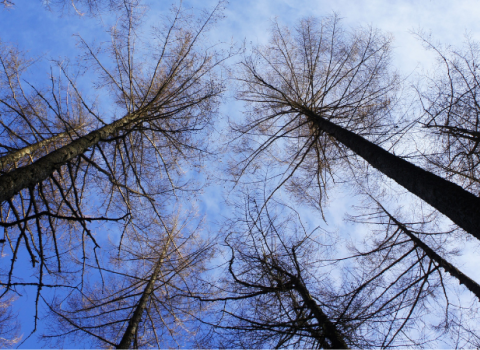Member states are updating roadmaps to emission reduction targets. These are heavily reliant on green hydrogen, biofuels and carbon capture and storage infrastructure, but do not detail how the necessary infrastructure will be installed, a report warns

Member state plans for reducing emissions are “inconsistent and contradictory”, and could jeopardise the continent’s road to net zero, a report from the European Climate Neutrality Observatory (ECNO) has warned.
ECNO, an independent consortium of research organisations which assess economy-wide progress towards climate neutrality, analysed five draft National Energy and Climate Plans (NECPs) and found that they rely excessively on green hydrogen, biofuel, and the storage of CO2, but lack a clear roadmap for installing the required infrastructure.
Countries must finalise their plans by June 2024, but the drafts of Italy, Hungary, the Netherlands, Spain and Sweden “all fall short on policy detail and transparency,” the report says.
“There is a high risk of missing the 2030 targets” if the plans are not improved, lead author Julien Pestiaux, of consultancy firm Climact, told Science|Business.
The EU aims to reduce net greenhouse gas emissions by at least 55% by 2030, compared to 1990 levels.
NECPs were first adopted in 2019, but they are updated every five years, and the flurry of Green Deal legislation since then means significant modifications are needed to achieve the newly ambitious targets.
With the next round of NECPs scheduled for 2029, this year’s plans will play a decisive role in whether the bloc achieves its 2030 targets. But while the first NECPs lacked sufficient ambition, the ECNO experts say the updated reports lack transparency in terms of execution.
When it comes to decarbonising industry, the plans focus more on developing renewable hydrogen than on electrification. But overreliance on hydrogen could mean countries continue to be dependent on generating it from methane.
Hydrogen can be a route forward for certain industries which cannot easily be electrified. However, as things stand, the process for producing it via electrolysis of water requires vast amounts of electricity, which may outpace the supply of renewable energy.
Member states must be clearer about how much of the green electricity they produce will be required for hydrogen production, the authors say They calculated that the Netherlands’ hydrogen plans would represent 30 to 40% of the country’s production of renewables.
The EU’s latest Renewable Energy Directive specifies that a strategy for hydrogen should be developed on the basis of data reported by member states.
“To plan this consumption, production, and imports, it needs all NECPs to provide very clear information on this,” said Climact’s Simon Lalieu, a co-author.
Transparency gaps
The same transparency gaps were identified for carbon capture and storage (CCS), the controversial technology which involves capturing carbon dioxide produced by industry and storing it underground.
The Italian plan relies heavily on CCS to offset its projected growth in industrial emissions, with a “risk of locking in fossil fuel dependency,” the report warns.
Overreliance on CCS when alternatives exist may also limit other member states’ capacity to store their emissions in available sites.
The NECPs also contain plenty of information about how biofuels will be used, but far less on domestic production targets and planned infrastructure, which could point to a reliance on imports.
“This bears heavy risks, since foreign biomass can potentially be harvested unsustainably, and lead to deforestation,” the report says.
First generation biofuels are produced from crops including sugarcane, corn, wheat and rapeseed, while second-generation biofuels are derived from non-edible sources such as crop residues, manure and waste.
Hungary plans to increase the use of first-generation biofuels, which could lead to competition between food and energy crops, while other countries plan to use residues but fail to specify how these will be collected and treated.
The report urges member states to review their plans to include clear national targets and monitoring mechanisms. Otherwise, the lack of clarity will “slow down the implementation, because you’ll see too late that you’re having too little impact based on the policies you thought were going to be implemented,” said Pestiaux.
Member states should also talk to each other, as coordination will be required in terms of imports and exports, as well as carbon storage capacity.
These issues should also be addressed in the work programme of the next Commission. “It is the role of the Commission to provide a clearer view of how key risk areas will be addressed at the EU level,” said Lalieu.
Next week, the EU Parliament and Council are due to resume talks on the Net Zero Industry Act, which aims to support domestic manufacturing of green technologies, through measures including faster permitting.
Hydrogen, carbon capture and storage, and sustainable biogas are all among the strategic technologies which should be included in the final text.
The Commission recently opened the first auction under the European Hydrogen Bank with €800 million in funding to subsidise the production of green hydrogen.
The EU is also supporting the development of green hydrogen production infrastructure in Africa and Latin America, which it hopes will contribute to filling Europe’s supply gap.





 A unique international forum for public research organisations and companies to connect their external engagement with strategic interests around their R&D system.
A unique international forum for public research organisations and companies to connect their external engagement with strategic interests around their R&D system.